calsfoundation@cals.org
Ola (Yell County)
| Latitude and Longitude: | 35º01’56″N 093º13’24″W |
| Elevation: | 361 feet |
| Area: | 1.70 (2020 Census) |
| Population: | 934 (2020 Census) |
| Incorporation Date: | March 20, 1900 |
Historical Population as per the U.S. Census:
|
1810 |
1820 |
1830 |
1840 |
1850 |
1860 |
1870 |
1880 |
1890 |
1900 |
|
– |
– |
– |
– |
– |
– |
– |
– |
– |
– |
|
1910 |
1920 |
1930 |
1940 |
1950 |
1960 |
1970 |
1980 |
1990 |
2000 |
|
516 |
655 |
648 |
839 |
880 |
805 |
1,029 |
1,121 |
1,090 |
1,204 |
|
2010 |
2020 |
|
|
|
|
|
|
|
|
|
1,281 |
934 |
|
|
|
|
|
|
|
Ola is the third-largest city in Yell County. It was originally known as Petit Jean, but its name was changed to Ola on December 10, 1880. On March 20, 1900, it was incorporated as a second-class city.
Louisiana Purchase through Early Statehood
The area that became Ola was part of the Ward Township, Section 3, Township 4 North, Range 21 West. The 1850 Census shows twenty-two families residing within the Ward Township and includes a store and scattered, outlying homesteads. Postal service was established in 1848. Early settlers came from North Carolina, South Carolina, Alabama, and Tennessee, attracted to the area by its cheap land and commercial possibilities.
Civil War through the Gilded Age
The first house was completed in 1860 by homesteader Elisha Harrel. A permanent post office was established in 1880. This early settlement included one doctor, a school, and an interdenominational church. Originally called Red Lick, the area became known as Petit Jean in 1866, after the nearby river. The Petit Jean Post Office was discontinued on September 27, 1875, but re-opened on January 10, 1876; the post office officially changed its name to Ola in 1880.
During the Civil War, Ola was affected by roving bushwhackers and sporadic violence. During Reconstruction, numerous farmers from Georgia, North Carolina, and Tennessee emigrated to Ola seeking economic opportunities. The previously existing Sandlin and Arnold family cemeteries were combined in 1872 to create the Ola Cemetery.
One post–Civil War entrepreneur was John Mathias (J. M.) Harkey, who came from Texas in 1851. He served as a Confederate army captain, and, on returning to his farm in 1865, he erected a sawmill, a flour and grist mill, and a cotton gin. He opened a mercantile store in 1870. He was such a prominent citizen that in 1880 his proposal to rename the town after his first child, Ola, was readily accepted.
In 1899, the Choctaw Railroad needed a right of way through Ola. Harkey granted the right of way under two conditions: first, Ola would be the railroad name used; second, the railroad would guarantee for ninety-nine years to stop at Ola. The deal was struck, and Ola entered a period of expanded growth based on its railroad location.
Early Twentieth Century
With the expanded transportation capability, newcomers arrived, and timber, fruit, and cotton production increased. During the early twentieth century, Ola contained three saloons, several cafes, three hotels, a livery stable, a blacksmith and wagon yard, a weekly newspaper, attorneys, doctors, and numerous retail businesses. The dirt road that connected Ola to Dardanelle (Yell County) was used mainly by oxen carts carrying cotton to riverboats docking at Dardanelle. On May 1, 1906, Arkansas granted a charter for the Dardanelle, Ola and Southern Railway, a short line completed in August 1907. It became part of Rock Island Railroad on December 31, 1911, and continued service until 1938. Ola Electric Power Plant was established in 1912 by George Walker (G. W.) Miks; in 1927 the plant was sold to Arkansas Power and Light (AP&L). From 1920 until 1928, the Ola Bottle Works manufactured glass bottles for soft-drink companies, including NuGrape, Nehi, and Orange Soda.
The Ola Trade Association established Trade Days in the first decade of the twentieth century as an annual area celebration designed to expand economic activity. The 1915 Trade Days celebration attracted 6000 participants. In 1913, a dirt landing strip was created west of the city on Highway 28. However, following a biplane crash during the 1915 Trade Day activities, the airport was closed. The Trade Days celebrations ended during the Great Depression.
The Ola branch of the Arkansas National Guard was formed in 1900. During World War I it was attached to the American Rainbow Division and saw combat in France. In 1930, a tornado struck the city, causing massive property damage. In 1934, fire devastated an entire block of the business district, destroying one wholesale and three retail business, the bank, the post office, and several smaller operations.
In September 1930, the Yell County Drought Disaster Relief Committee split the county into seven sections for the distribution of relief supplies such as turnip seeds. In 1934, the Civilian Works Administration provided employment for seventy-one Ola men to construct an airport, Ola’s second, located 1.5 miles north of the city on Highway 7. This airport is no longer in use. Economic turmoil caused the closing of the ice plant, flour mill, and cotton gin.
World War II through the Modern Era
During World War II numerous citizens served in the armed forces, and four were killed in action. Changes following World War II included the paving of Ola’s streets, the use of propane gas replacing wood for heating and cooking, and the initiation of natural-gas service by Arkansas Louisiana Gas in 1956.
During the 1964–65 school year, Ola schools desegregated after the high school in Morrilton (Conway County) to which African American students had been bussed raised its tuition rates.
Between the 1880s and the 1950s, Ola’s economy was based on timber products, wheat, fruit, and cotton production in the rich bottomlands north of the city near the Petit Jean River. After 1950, Ola’s economic base shifted primarily to timber production, poultry, and limited agricultural production. Deltic Timber is the major local employer. Many citizens commute to jobs in nearby Danville (Yell County), Dardanelle, and Russellville (Pope County). On March 24, 1980, the Rock Island Railway discontinued its Arkansas operations, which included the line from Perry (Perry County) through Ola to McAlister, Oklahoma.
Ola’s proximity to recreational facilities at Nimrod Lake and Dam and the hunting and hiking opportunities in the Ouachita National Forest help the city to draw in a steady stream of visitors.
Ola’s Methodist church was established in 1880. A Southern Baptist church was established in 1900. In 1957, a Freewill Baptist church was established.
During the 1990s, Ola experienced an influx of Hispanics attracted to job opportunities in poultry processing. In 1990, the Hispanic population was twenty-seven; by 2000, it had increased to 203 and to 231 by 2010.
Education
Ola Public Schools were established in 1883. In 1946, the original two-story wooden school building was destroyed by fire. In 2004, Ola was consolidated with the Fourche Valley, Plainview, and Perry Casa districts to form the Two Rivers School District.
Famous Residents
Ola’s famous citizens include Mary McCormick, an internationally known early-twentieth-century opera star. Floyd Cramer, the country-music performer, and Arthur Hunnicutt, an actor, came from Fourche Valley, a rural area just south of Ola. Herbert “Babe” Ellison, born in Rutland, south of Ola, was the player-manager for the San Francisco Seals when they won the 1923 and 1925 pennants in the minor Pacific Coast League.
For additional information:
Banks, Wayne. History of Yell County, Arkansas. Van Buren, AR: The Press-Argus, 1959.
History of Yell County Vertical Files. Arkansas River Valley Regional Library. Dardanelle, Arkansas.
Sandlin, Dale S. “History of Ola, Arkansas.” Unpublished manuscript. Jones Creek, TX: 1980. On file at Arkansas River Valley Regional Library. Dardanelle, Arkansas.
Yell County Historical and Genealogical Association. Yell County Heritage: A History of Yell County, Arkansas. Bedford, TX: Curtis Media, Inc., 1997.
Mildred Diane Gleason
Arkansas Tech University






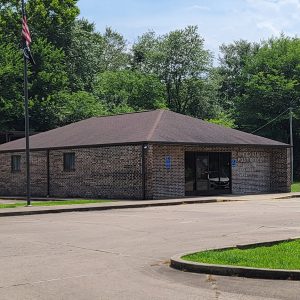
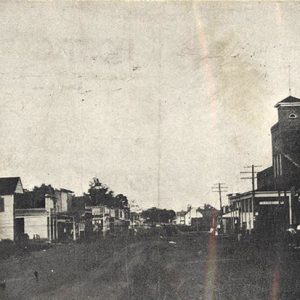
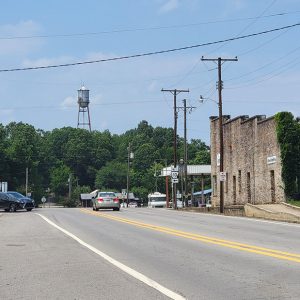


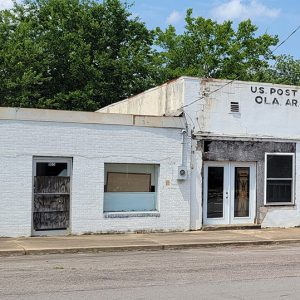
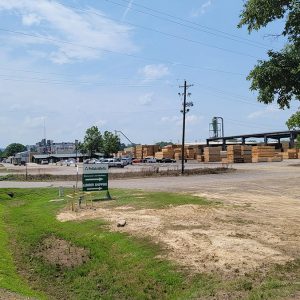
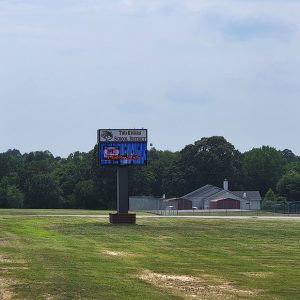






Comments
No comments on this entry yet.